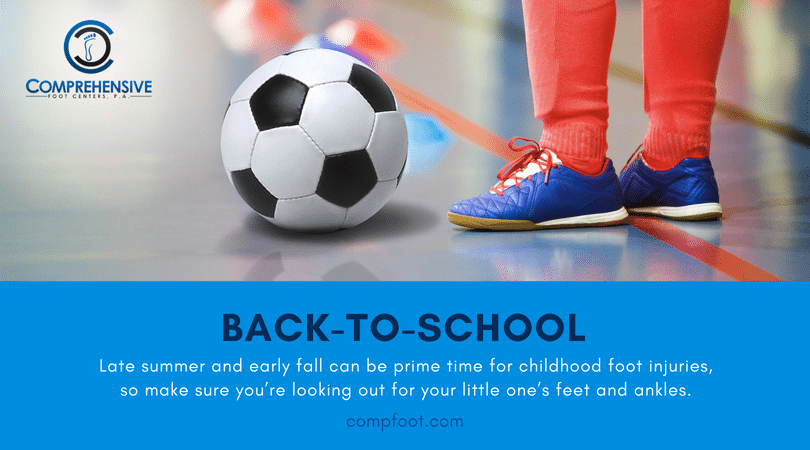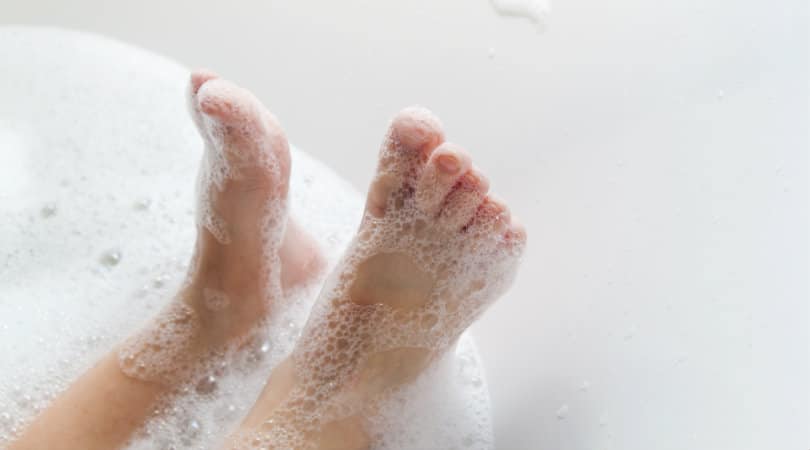Back-to-School Care for Your Child’s Feet
If you’ve got kids, you know that summer is finally winding down for the little ones. Most school districts in the region were back up and running earlier this week, though a few might not fully return to action for another few days.
Hopefully, your kids are excited to go back! We’re guessing you’re probably a little excited for them to be back, too!
One thing we do want to talk about at this time of year is children’s feet. The end of summer and the beginning of the school year is often “prime time” for sports injuries, infections, and other foot problems.
Why? Well, a few different things are happening.
On one hand, fall sports seasons will soon be in full swing. So your little football, soccer, volleyball, or tennis athlete is going to be putting in a lot more organized, high-intensity training time.
On the other, though, we’ll still be enjoying glorious late summer and early fall evenings, with warm weather and sunsets still well after 7 p.m., for several weeks yet. So there’s a good chance they’re still going to be crazy active after they get home.
(Not that that’s a bad thing, of course. We want kids to be active. It just means you might be on the lookout for overuse injuries.)
Plus, contact with other kids on the playground, at the pool, or in the locker room could increase the risk that infections like athlete’s foot or warts will be transmitted from one child to another.
And of course, if your child is starting to find out what “hormones” are, there’s a good chance one of the most obvious and least pleasant side effects of their developing adolescence will be foul foot odor!
Want to keep your kids’ feet in top shape this fall? Of course, you do! Here are a few valuable tips.

Make Sure Their Shoes Fit
In childhood, feet can grow at an astounding rate. Depending on your child’s age, he or she may still be outgrowing their footwear before wearing them out. And tight, ill-fitting shoes can create a lot of painful problems for a kid—blisters, ingrown nails, pressure sores, heel pain, etc.
When fitting shoes for kids, make sure they have at least half an inch of “wiggle room” between the longest toe and the front of the shoe. Remember also that feet are not always exactly the same size, so you’ll need to measure both feet carefully and fit to the longer one.
Make Sure Their Shoes Are Activity-Appropriate
According to a 2012 study by the American Podiatric Medical Association, 75 percent of high school students play sports at least recreationally, and almost 40 percent of them have hurt or injured their feet doing so. That’s a huge number, and pretty incredible when you think about it.
Especially now that fall sports are starting up, children who play and train regularly in a specific sport should have shoes that are designed for that sport. The risks to a child’s feet from running, for example, are not the same as those for football, basketball, or any other sport. So it isn’t a good idea for them to use the same generic sneakers for everything.
Other Bits of Shoe-Related Advice
As you can probably see by now, shoes are critically important. Other helpful tips here:
- Don’t let your kids go barefoot on pavement, pool decks, or other hazardous surfaces. This is a recipe for all kinds of cut, splinters, stubs, and even warts or fungal infections.
- Replace worn shoes. Older kids may start to wear out shoes before they grow out—and they also might have a tendency to get attached to their favorite pairs. But worn shoes aren’t able to do the important work of cushioning and supporting, so they need to be replaced.
- No hand-me-downs. Although it’s tempting to try to save money and pass shoes from older siblings to younger ones, sharing shoes is a bad idea. One, it can base along grody micro-organisms. But more importantly, shoes that have already “conformed” to one foot can irritate another, even if they’re still in good shape and the size is otherwise correct.
- Rotate pairs. Shoes get smelly, especially those worn by teens and preteens. Having two pairs that they can rotate between allows more than 24 hours of drying time between uses, which cuts down on sweat, odor, and the odds of a fungal infection.

Help Them Establish Good Hygiene Habits
Good hygiene is pretty much the fundamental basis of avoiding skin and nail infections. Make sure your little one knows to wash feet thoroughly during their daily bath or shower, and dry thoroughly as well afterward—including between the toes.
We’ll also put toenail trimming in this category, too. Teach your kids to cut their toenails straight across and leave them about even in length with the toe tips—not too long, not too short. This will reduce the risk of them developing a painful ingrown toenail.
Establishing Healthy Foot Habits Early Can Have Life Long Benefits
The sad truth is that feet are often overlooked and forgotten about by kids and adults alike—sometimes until the pain is so unbearable (or the infection so unsightly) that there’s no other choice but to get help.
Teaching your children how to care for their own feet, and to seek help when they hurt, can help instill important habits that protect long-term foot (and whole body) health.
If your child is struggling with any kind of foot problem this fall—anything from foul odors or warts to ankle sprains or other serious injuries—bring them in to see the experts at Comprehensive Foot Experts. We love caring for kids, and there’s no better feeling than helping a young person overcome their pain and maintain an active lifestyle!
To schedule an appointment, please call (816) 455-1155, or fill out our online contact form.
